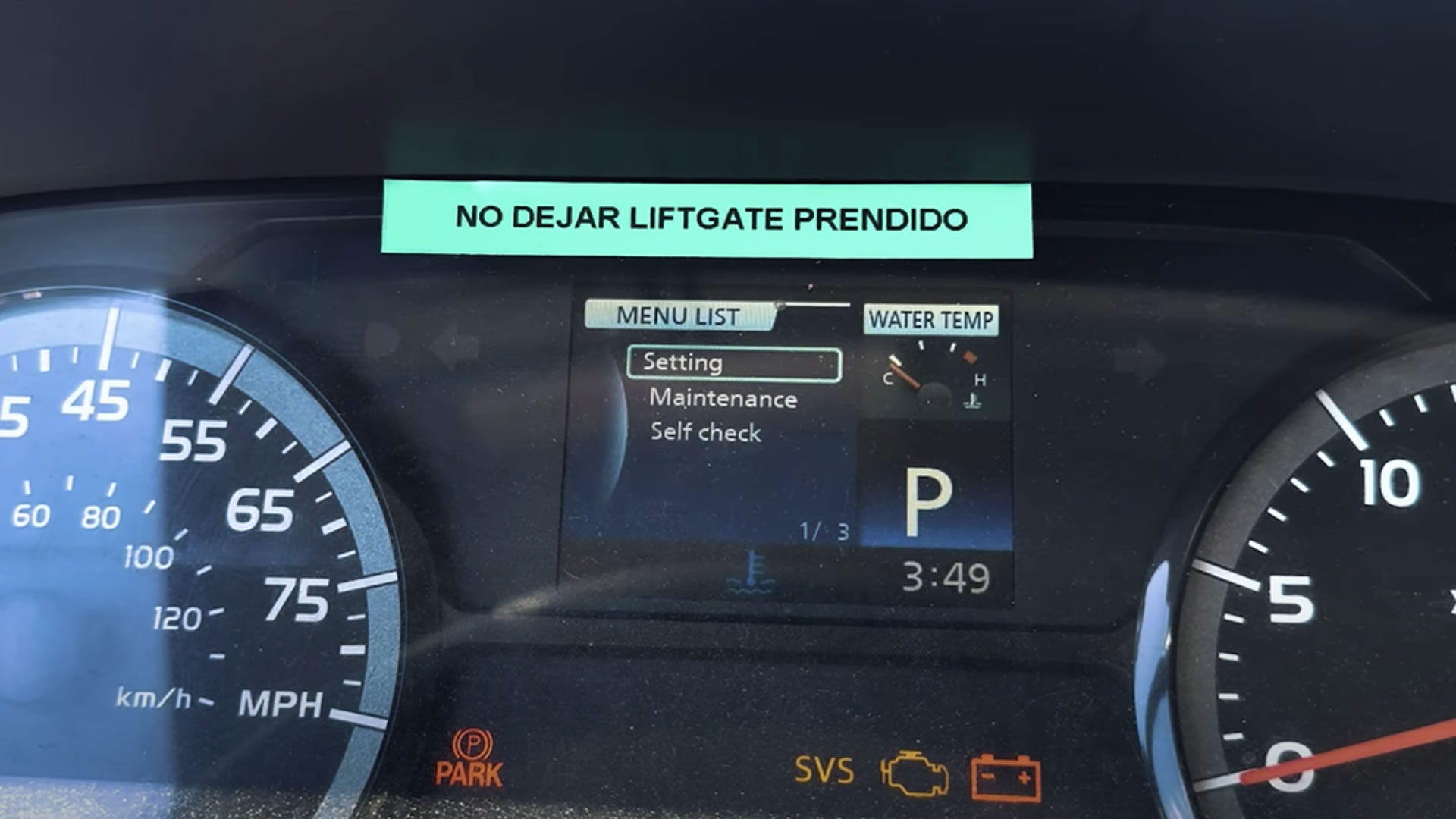
Attracting Millennials to your Driver Program
America runs on the effective transportation of consumer goods. In fact, 70% of consumer goods in the United States are transported by trucks.1 The decline in the amount of truck drivers in the workforce has been heavily documented over the past five years. With autonomous vehicles still some ways away, there is currently 48,0002 truck drivers needed, and that number grows every day.
A largely unexplored solution to the lack of employee crisis lies in introducing millennials to the trucking workforce. Integrating younger prospective employees into a fleet’s driving program is evolving from a pipe dream to a competitive advantage. Millennial truck drivers are needed more than ever and businesses are scrambling to discover the perfect formula to attract the right employees. Luckily, it isn’t a difficult as it may seem.
It starts with the hiring process.
Across all industries, there is a skills gap between the current jobs available and the unemployed who could fill them. Companies no longer gather employees through word of mouth and younger workers do not fully understand all the opportunities available to them. For this reason, it is important that companies advertise at the right places.
• Have a booth at your local college job fairs
• Advertise available positions through social media
• Offer internship programs
Preparing for Millennial Drivers
Modernize Your Business:
The millennial workforce is motivated by very different factors than other generations. Job motivators include learning new skills, creating a work-life balance, and feeling like they are contributing to a greater good/purpose. Make sure that these motivators are factored into job descriptions as well as on your website. A strong company culture is critical and if the business’ online presence isn’t up to snuff, it is game over before you even get started.
Downsize Your Fleet:
Medium-duty trucks are easier to drive and local delivery jobs allow employees to return home at the end of the day. New drivers do not need special licenses for most medium duty trucks and cargo vans. Non CDL drivers have a lower hourly pay than CDL drivers, which minimizes payroll cost. Shorter trips and smaller vehicles make the transition into the industry much less intimidating and serve as a stepping stone to gain experience.
Upgrade Your Tech:
Adding modern, experience-based amenities such as Audible, XM Radio, Netflix subscriptions, and WiFi will serve as both entertainment and education for young drivers. Millennials are experiential; they want their interactions with the world to be meaningful and engaging, whether at work, at home, or at play.
Create a Great Apprenticeship Program:
Programs that provide apprentices with the opportunity to drive with the company for a year is a great way for employees to learn about the trade while building trust with their new employers. Demonstrate that your business is mindful of the future by offering opportunities to train on new technologies. Training on vehicle maintenance, mapping or shipping route management, or self-driving technology installation and maintenance are all useful skills for the employees of tomorrow. Giving your employees these skills will guarantee that they will have a future in the industry, no matter how it changes. This will also allow your employees to be more useful on the job.
With the right preparation, your business can successfully recruit Millennial drivers. In addition, implementing these improvements will strategically position your business to strongly compete in the future economy.
Sources:
- https://www.npr.org/2018/01/09/576752327/trucking-industry-struggles-with-growing-driver-shortage
- http://ltxsolutions.com/truck-driver-shortage-causes-problems-solutions/




